Curious about loft conversions and what they entail?
We explore the reasons why people consider loft conversions, the different types available, the cost factors to consider, the time it takes to complete a conversion, and whether planning permission is required.
We also discuss the steps involved in a loft conversion, common challenges that may arise, and how to choose the right contractor for the job.
Stay tuned to learn everything you need to know about loft conversions!
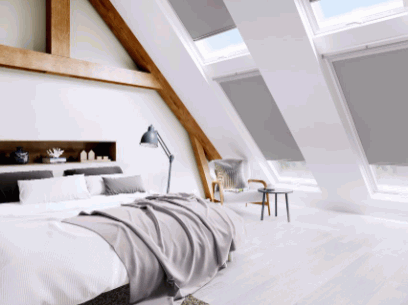
What Is A Loft Conversion?
A loft conversion is a home renovation project that transforms an existing attic space into a functional room, offering homeowners additional living space without the need for an extension or moving house, and often increasing the property’s value.
Common uses for a loft conversion include creating an extra bedroom, a home office, a playroom for children, or a cozy living area. The possibilities are endless, and homeowners can tailor the space to suit their needs and lifestyle.
- The general steps involved in the building process of a loft conversion typically include assessing the attic’s structural integrity,
- designing the layout,
- obtaining necessary permits,
- insulating the space,
- installing windows for natural light,
- adding stairs for access, and finally,
- furnishing the room.
Potential costs for a loft conversion can vary depending on factors such as the size of the attic, the complexity of the design, materials used, and labor costs. Generally, it is considered a cost-effective solution compared to moving to a larger house or building an extension.
One of the key benefits of creating extra space through a loft conversion is that it allows homeowners to maximize their existing property without altering the footprint of the house. This not only enhances the functionality of the home but also adds value to the property, making it a smart investment in the long run.
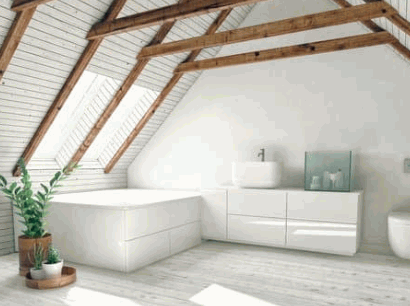
Why Do People Consider Loft Conversions?
Homeowners consider loft conversions for several reasons, including the need for additional space, the opportunity to increase property value, and to avoid the high costs and hassle associated with moving house.
Check out: How To Build Stairs For A Loft Conversion
Need For Extra Space
One of the primary reasons homeowners opt for a loft conversion is the need for extra space in their homes, especially when they have an underutilized attic space that can be transformed into a functional area.
Utilizing the eaves and attic space through a well-planned conversion not only adds significant square footage to the existing property but also enhances its value and functionality.
Once the conversion is complete, the additional space can serve various purposes, such as creating a cozy bedroom retreat, setting up a productive home office environment, or even establishing efficient storage solutions to declutter the rest of the house.
Increase Property Value
Loft conversions are a popular choice among homeowners because they can significantly increase property value, making it a worthwhile investment with a strong return on investment (ROI).
When a homeowner opts for a loft conversion, they not only gain extra living space but also add versatility to their property’s layout. Research has shown that properties with converted lofts can experience a notable increase in value, sometimes up to 20% higher than those without this additional space. By utilizing unused attic space, homeowners can transform their homes into valuable assets with the potential to attract higher selling prices in the future.
The return on investment for a loft conversion is often substantial – most homeowners recoup a significant portion of the initial cost when selling their property. Buyers are willing to pay a premium for the convenience and luxury of a well-designed loft space, which translates into a higher resale value for the homeowner. This not only enhances the financial worth of the property but also improves its desirability in the competitive real estate market.
Avoid Moving Costs
Many homeowners consider loft conversions to avoid the substantial costs and stress associated with moving to a new home, finding it more economical to renovate their existing space.
Choosing a loft conversion can offer a range of cost benefits beyond just financial savings. When you factor in expenses such as property solicitor fees, stamp duty, removal costs, and a potential increase in mortgage repayments for a new property, the financial burden of moving can quickly add up. The emotional toll of leaving a familiar neighborhood, disrupting family routines, and adjusting to a new environment can be significant.
By opting for a loft conversion, homeowners have the opportunity to enhance their current living space, adding value to their property while avoiding the upheaval of relocation. This allows for a more seamless transition, where you can customize the design to suit your needs and create a space that truly reflects your style and preferences.

What Are The Different Types Of Loft Conversions?
There are several types of loft conversions available, each offering unique benefits and suited to different types of homes and roof structures. The main types include Dormer Loft Conversion, Mansard Roof Conversion, Hip-to-Gable Conversion, and Velux Conversion.
Dormer Conversion
A dormer loft conversion involves extending the existing roof to create additional floor space and headroom, typically adding a dormer window to bring in natural light.
By modifying the roofline, a dormer loft conversion can significantly enhance the functionality and aesthetics of a home. This type of conversion is popular due to the increased usability it offers, making it a practical solution for homeowners looking to maximize space without the need for a full extension.
- The addition of dormer windows serves dual purposes:
- They flood the room with daylight.
- They also provide charming architectural details that can uplift the overall look of the property.
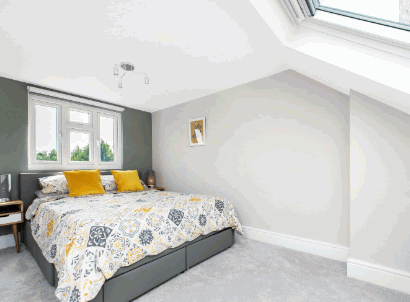
Mansard Conversion
A mansard roof conversion involves altering the angle of one or both roof slopes to create a nearly vertical wall, significantly increasing usable space within the loft.
Along with creating more living space, the steep slope of a mansard roof conversion allows for larger windows and better natural light infiltration, making the converted area brighter and more inviting. This architectural change not only enhances the aesthetics of the property but also adds value to the home, as it provides an attractive and functional living space.
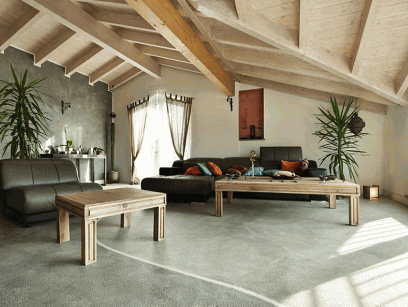
Hip-To-Gable Conversion
A hip-to-gable conversion extends the hip end of a roof outwards to create a vertical gable wall, thereby increasing the internal loft space and making it suitable for homes with a hip roof.
Structurally, this conversion involves removing the existing hip roof section and constructing a new vertical gable wall in its place. This change not only expands the living area but also alters the roofline dramatically, providing more headroom and floor space in the loft. The conversion often requires reinforcing the existing roof structure to support the new gable wall, ensuring the stability and integrity of the entire roof system.
The impact on the home’s appearance is significant, as it transforms the traditional sloping roof into a more modern and spacious design. Functionally, the added loft space can serve as an extra bedroom, office, or recreational area, increasing the overall livability and value of the property.
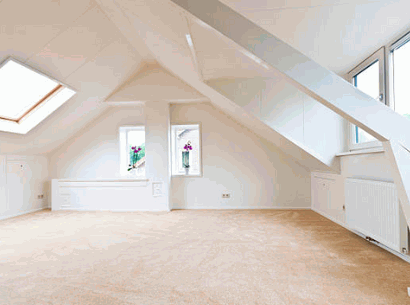
Velux Conversion
A Velux conversion, also known as a roof light conversion, involves installing skylight windows into the existing roof structure, making it one of the least invasive and most cost-effective types of loft conversions.
By incorporating skylight windows, Velux conversions allow natural light to flood into the once-dim and unused attic space. This not only creates a brighter and more welcoming environment but also reduces the need for artificial lighting during the day, leading to potential energy savings. The installation of skylights can enhance ventilation in the loft area, promoting better air circulation and improving the overall comfort of the space.
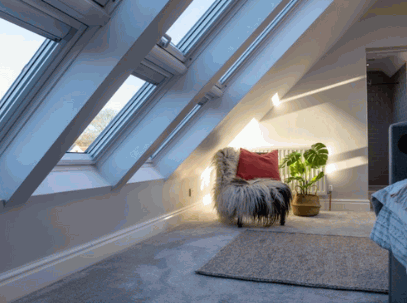
How Much Does A Loft Conversion Cost?
The cost of a loft conversion can vary significantly, depending on factors such as the type of conversion, the size of the space, the quality of materials, and labor costs, with prices ranging from a minimum cost to a maximum cost.
Factors That Affect The Cost
Several factors can affect the overall cost of a loft conversion, including the complexity of the structural work required, the quality of materials used, labor costs, and the location of the property.
Structural work is one of the primary cost drivers in a loft conversion. Renovations that involve major changes, such as adding load-bearing beams or altering the roof structure, can significantly increase expenses. Opting for high-quality materials is another crucial factor. While premium materials may come with a higher upfront cost, they often result in better durability and aesthetic appeal, adding long-term value to the investment.
- Labor costs also play a substantial role in determining the overall expenditure. Experienced professionals may charge higher rates, but their expertise can ensure a smoother and more efficient construction process, potentially saving money in the long run.
- Regional differences in labor costs can further impact the total budget. Areas with high demand for skilled labor may have inflated prices compared to regions with lower competition among construction teams.
Average Cost For Different Types Of Loft Conversions
The average cost for a loft conversion can vary based on the type, with a basic Velux conversion being the most affordable option and a Mansard conversion typically being the most expensive.
When considering the costs, a Velux loft conversion generally ranges from $20,000 to $32,000. This type involves adding roof windows, making it a cost-effective choice due to its simpler construction requirements. On the other hand, a Mansard conversion, which alters the roof structure significantly, often falls within the $52,000 to $78,000 bracket due to its complex design and the need for materials and labor. Factors such as the size of the conversion, location, and any additional features like en-suite bathrooms or windows can all influence the final expense.
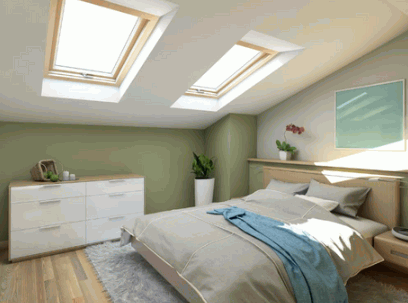
How Long Does A Loft Conversion Take?
The duration of a loft conversion project can vary, but on average, it takes about six to eight weeks from start to completion, depending on the complexity of the construction and planning involved.
Typically, the initial phase of a loft conversion project involves detailed planning and design discussions with architects and contractors to determine the layout, structural changes, and necessary permits. This period can range from a few weeks to a couple of months, depending on how quickly decisions are made.
Once the planning stage is completed and all approvals are obtained, the actual construction phase begins. This stage can take around four to six weeks or longer, depending on the scale of the project, any unforeseen complications, or possible weather-related delays.
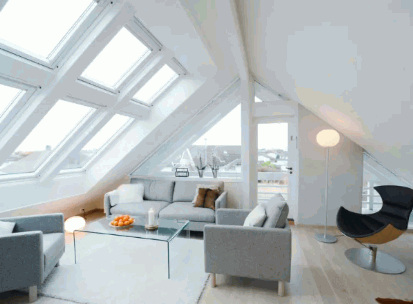
Do You Need Planning Permission For A Loft Conversion?
In many cases, loft conversions fall under permitted development rights and do not require planning permission, but it is essential to check with local building regulations to ensure compliance.
There are certain circumstances where planning permission is indeed required for a loft conversion. This mainly depends on factors such as the size of the extension, any restrictions in a conservation area, or if your property is a listed building. It’s crucial to be aware of these specifics as failure to obtain the necessary planning permission can result in costly fines or even having to revert the renovation work.
Building regulations play a significant role in ensuring the safety and quality of the conversion. These regulations set standards for aspects like structural integrity, fire safety, ventilation, and energy efficiency.
What Are The Steps Involved In A Loft Conversion?
The steps involved in a loft conversion include initial project planning, consulting with a structural engineer and architect, obtaining any necessary permits, and proceeding with the construction phase.
After the initial planning stage, the next step involves collaborating closely with a structural engineer and architect to ensure the technical aspects and design aesthetics are in alignment. These professionals provide crucial insights into the structural integrity of the project and help in crafting a functional yet visually appealing space.
Permits play a significant role in the conversion process. Securing the required approvals from local authorities is essential to avoid any legal issues later on. This might involve submitting detailed plans, paying fees, and adhering to building regulations.

What Are The Common Challenges Of A Loft Conversion?
Common challenges of a loft conversion include navigating building regulations, addressing supply chain issues for materials, and dealing with labor shortages, all of which can impact the project’s timeline and budget.
In terms of compliance with building regulations, it is crucial to ensure that the loft conversion meets all the necessary safety and structural requirements. This involves obtaining the relevant permits and approvals, which can be a complex process requiring attention to detail.
Managing supply chain disruptions is another key aspect to consider. Timely sourcing of quality materials is essential to keep the project on track. Ensuring that reliable suppliers are in place can help prevent delays caused by material shortages or delivery issues.
Labor shortages can present a significant challenge during a loft conversion project. It is important to have a skilled and reliable workforce to carry out the construction work efficiently. Managing the availability and scheduling of labor resources is essential to avoid delays and maintain productivity.
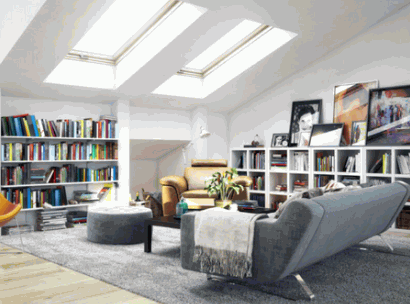
How To Choose The Right Contractor For Your Loft Conversion?
Choosing the right contractor for your loft conversion involves researching potential candidates, reading reviews, comparing quotes, and ensuring they have experience with similar projects and a clear understanding of your budget and requirements.
One critical aspect to consider is checking their credentials, such as licenses, insurance, and certifications to validate their professionalism and legality. It’s also advisable to review their past work portfolio to gauge the quality of their craftsmanship and design aesthetics, ensuring it aligns with your vision.
- When discussing the project scope and budget, clear communication is key. Make sure both parties are on the same page regarding timelines, payment structure, and any potential additional costs that may arise during the construction process.
- Seek references from previous clients or ask for recommendations from friends or family who have undergone similar home improvement projects. This can provide valuable insights into the contractor’s reliability and work ethic.
